Amid a years-long labor shortage, many health care organizations hope to turn the corner on high turnover by rewiring their recruitment and retention strategies. According to a new survey of more than 1,200 hospitals’ benefits, 83% of hospitals have ramped up their clinical hiring practices and 51% have accelerated nonclinical hiring over the past year. To bolster their efforts, more than three-quarters of hospitals reported either modifying or launching new referral bonus programs, adjusting compensation or otherwise boosting their benefits.
Investing in a robust total rewards package is crucial to attracting and retaining top talent, but it’s just the tip of the iceberg – your benefits reflect your company culture. They show what you value: Are you family friendly? Do you understand the importance of flexibility? How much do you invest in the health and wellness of your workforce?
To ensure existing and prospective employees understand the advantages of working for your organization, prioritize benefits communication and treat it as an ongoing opportunity – not something to be addressed only upon hiring or once a year at open enrollment.
Form an ongoing communications strategy
Seek opportunities throughout the year to highlight different facets of your organization’s benefits, which will encourage employees to maximize their benefits and remind them of their value. Create a monthly content calendar to plan benefits communications year-round utilizing a variety of vehicles, including company intranet, email, text, direct mail or newsletters.
Emphasize topics that help employees get the most out of their benefits and leverage observances that complement these topics. For example:
- January is Financial Wellness Month, so focus on saving for retirement and your employer-funded 401(k) contributions, remind employees that financial planning services are available through your Employee Assistance Program, or the advantages of using mechanisms like a health savings account or flexible spending account.
- May is Mental Health Awareness Month, which is an opportunity to talk about benefits for stress management and emotional health. Focus on the importance of using time off to recharge or counseling services offered through your EAP.
- There are observances around health conditions throughout the year to which you can tie reminders of annual exams and screenings offered by your health insurance program.
Fill out the rest of your content calendar with reminders of benefits like tuition reimbursement, professional development opportunities, paid professional association memberships, parental leave or charitable donation matches. At time for open enrollment, be sure your materials use clear, simple language your employees will understand.
Create a total rewards statement
The primary purpose of a total rewards statement is to communicate the complete value of an individual’s employment package, including earnings and equity, employer contributions to health benefits and retirement plans or pensions, holidays and paid time off, bonuses and any other perks you offer. Create individual total rewards statements that provide an easy-to-understand snapshot and review it with each employee annually.
Second only to direct compensation, benefits account for the highest employer payroll expense and
95% of employees who receive total reward statements report having a greater understanding of their benefits package. Additionally, 78% of employees receiving statements are more likely to stay with their employer. As far as retention techniques go, this is a no-frills but highly effective method for keeping employees informed and engaged.
Proactively manage the narrative around your culture and benefits
Have a response strategy to address grievances aired publicly by current or former employees on review sites. Results of an extensive survey by Glassdoor confirm that online reviews have a major impact on job seekers, making this aspect of online reputation management critically important.
If you don’t have guidelines in place, start by developing a policy for responding to review site comments to ensure all public posts are professional and respectful. You might be tempted to let negative reviews ride but responding shows you’re a thoughtful, caring employer. While you may not respond to every review, try to respond to a mix of positive, neutral and negative comments. You can also take negative review issues offline by asking the reviewer to reach out and discuss their concerns.
Use employee feedback to refine your approach
Feedback forms and annual or pulse surveys can help you gauge exactly what employees want in terms of benefits. Collaborate with your Human Resources team to understand what questions are most common and identify things that consistently cause confusion for employees.
Whether you’re seeking to retain your workforce or to recruit the best new talent, benefits education is vital for your workforce and your organization. Communicating the complete value of your total rewards package allows you to drive benefits utilization, increase engagement and retention, strengthen your company culture and, ultimately, assure employees their well-being is a top priority.



